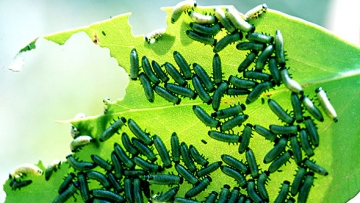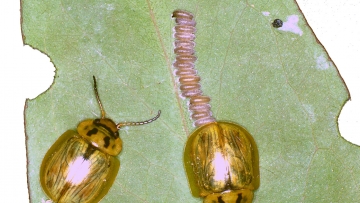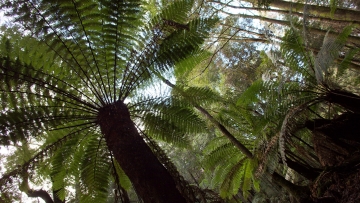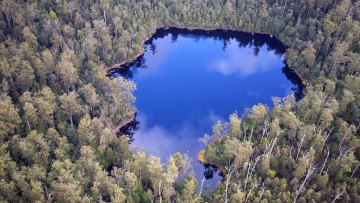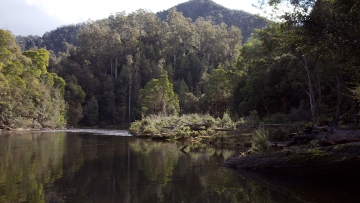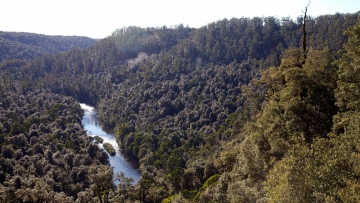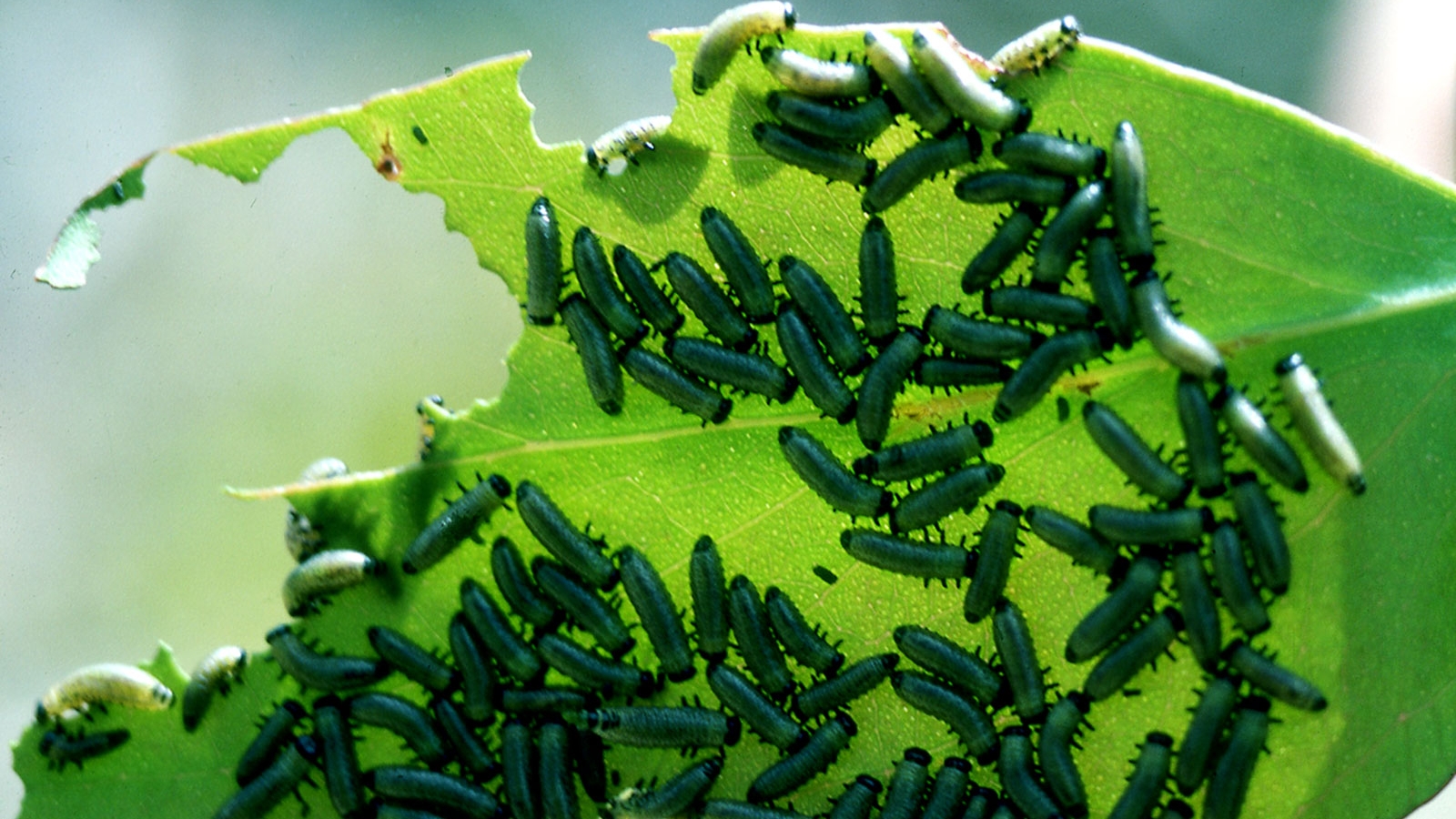
Chemical use
How are chemicals used?
Sustainable Timber Tasmania minimises chemical use in the forests we manage.
However, used with care, chemicals can be important for controlling weeds and outbreaks of insect pests, and for promoting healthy plantation growth. Chemicals are occasionally used to assist regeneration of native forests by preparing harvested coupes for burning. The use of chemicals by Sustainable Timber Tasmania is guided by our Pesticide Use Policy.
All chemicals are used in accordance with Australian Pesticide and Veterinary Medicines Authority (APVMA) guidelines and strict Codes of Practice regarding aerial and ground-based applications which protect natural values, neighbours and water quality. In addition, the CSIRO-developed program, Pesticide Impact Rating Index (PIRI), is used to guide chemical application, particularly near water catchments.
Sustainable Timber Tasmania has a long history of water samples taken after chemical application from streams within production forests having no detectable chemicals present in the samples.
Weed control
Effective weed management is an essential part of establishing a successful plantation. Where necessary we apply herbicides before planting to control target weeds and this, in combination with appropriate site cultivation and direct fertilising, leads to fast tree development and lays the foundation for longer-term productive growth. Herbicides are rarely used during the rest of the plantation growth cycle.
Insect pest control
Insect pests, such as leaf beetles, can cause serious damage in eucalypt plantations. Wherever possible, we prefer to monitor insect pests and rely on natural predators to control populations. However, chemical control is sometimes needed when significant outbreaks occur.
Fertilisers
Managing tree nutrition is important for promoting and maintaining healthy, productive plantations. Where required, plantations may receive applications of fertiliser.
All fertiliser programs are managed according to soil and site conditions, tree requirements, predicted growth responses and economic returns, along with strict environmental guidelines and careful monitoring which includes field inspections and tree health surveillance.
